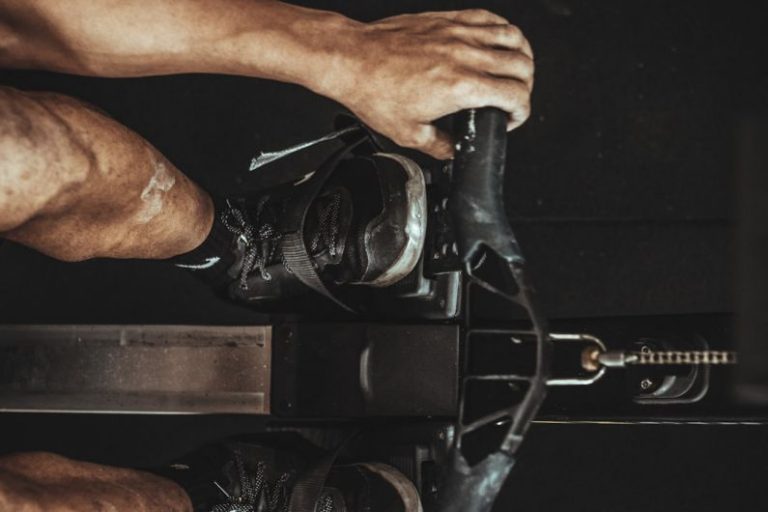
Recognizing the Early Signs of Overuse Injuries
Our bodies are incredibly resilient, capable of withstanding a great deal of physical activity. However, even the most finely tuned machine can falter under the strain of overuse. Overuse injuries occur when repetitive stress is placed on a specific part of the body, leading to tissue damage and pain. It’s crucial to identify the early warning signs of overuse injuries to prevent them from developing into more serious issues. By being attuned to your body’s signals, you can take proactive steps to avoid unnecessary discomfort and potential long-term damage.
Listen to Your Body’s Cues
Paying attention to your body is the first step in identifying potential overuse injuries. Our bodies are remarkable in their ability to communicate with us, often providing subtle hints that something is amiss. If you start experiencing persistent pain or discomfort during or after physical activity, it’s essential not to ignore these signals. Pain is your body’s way of telling you that something is wrong, and pushing through it can exacerbate the issue.
Monitor Changes in Performance
Another indicator of potential overuse injuries is a decline in performance. If you notice a sudden drop in your athletic abilities or struggle to maintain your usual level of performance, it could be a sign that your body is under excessive strain. Overuse injuries can impact your strength, flexibility, and endurance, making it challenging to perform at your best. By tracking any changes in your performance, you can pinpoint areas of concern and take necessary precautions to prevent further damage.
Swelling and Inflammation
Inflammation is the body’s natural response to injury or stress, and it plays a crucial role in the healing process. However, persistent swelling and inflammation in a specific area can be indicative of an overuse injury. If you notice swelling, redness, or warmth in a particular joint or muscle, it’s essential to address the issue promptly. Ignoring these symptoms can lead to chronic conditions such as tendinitis or bursitis, which may require extensive treatment to resolve.
Restricted Range of Motion
Overuse injuries can also manifest as a decrease in your range of motion. If you find it challenging to move a joint through its full range of motion or experience stiffness and tightness in a specific muscle group, it may be a sign of an overuse injury. Restricted mobility can impact your performance and increase the risk of further injury if left unaddressed. Stretching regularly and incorporating mobility exercises into your routine can help improve flexibility and reduce the likelihood of overuse injuries.
Persistent Fatigue
Feeling excessively tired or fatigued, especially during physical activity, can be a red flag for overuse injuries. Overtraining and pushing your body beyond its limits can lead to chronic fatigue and decreased recovery times. If you find yourself constantly exhausted or struggle to muster the energy for your workouts, it’s crucial to listen to your body and give it the rest it needs. Adequate rest and recovery are essential for preventing overuse injuries and maintaining overall health and well-being.
Implementing Preventive Measures
Preventing overuse injuries requires a proactive approach to your physical activity routine. Incorporating proper warm-up and cool-down routines, varying your workouts to prevent repetitive stress on specific areas, and listening to your body’s signals are key steps in avoiding overuse injuries. Additionally, maintaining a balanced diet, staying hydrated, and getting enough rest are essential components of injury prevention.
Stay Attuned to Your Body
In conclusion, being attuned to your body’s signals is crucial for identifying early signs of overuse injuries. By listening to your body, monitoring changes in performance, addressing swelling and inflammation, maintaining flexibility, and managing fatigue, you can take proactive steps to prevent overuse injuries from derailing your fitness goals. Remember that prevention is always better than cure when it comes to overuse injuries, so prioritize your body’s well-being and give it the care and attention it deserves.





